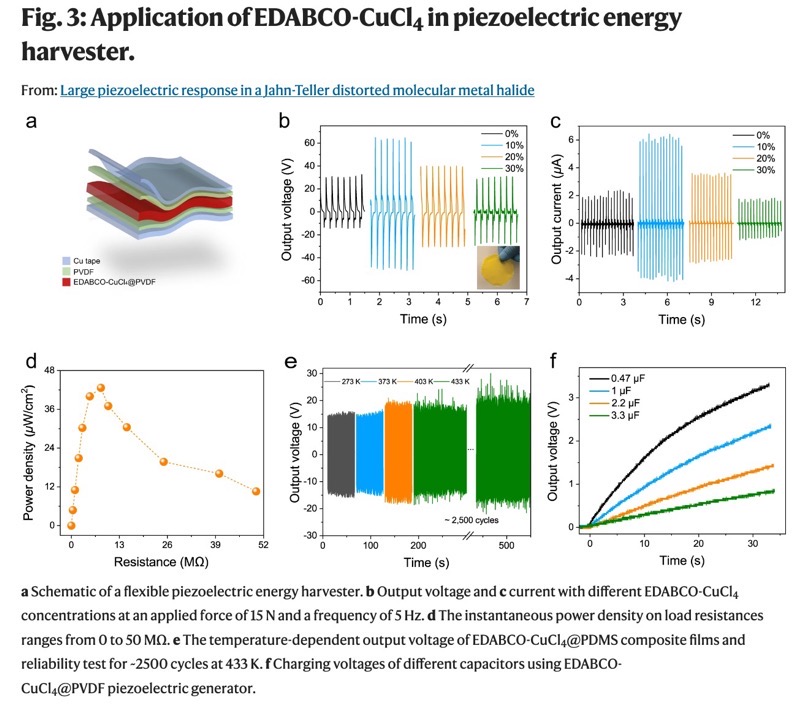
Canadian Engineers Turn Vibrations into Clean Energy Breakthrough

Engineers from the University of Waterloo and the University of Toronto have developed a groundbreaking material that transforms simple mechanical vibrations into electricity, providing a clean energy source for sensors in various devices, including those in the Internet of Things (IoT).
The product, which took a decade to create, is compact, reliable, cost-effective, and environmentally friendly.
“Our breakthrough will have a significant social and economic impact by reducing our reliance on non-renewable power sources,” said Asif Khan, a Waterloo researcher and co-author of a new study on the project, in a statement. “We need these energy-generating materials more critically at this moment than at any other time in history.”
The material is based on the piezoelectric effect, which produces an electrical current when pressure is applied to certain substances. Traditional piezoelectric materials used in commercial devices have limited electricity-generating capacity and often contain lead, posing risks to the environment and human health.

To solve these issues, the researchers grew a large single crystal of a molecular metal-halide compound called edabco copper chloride using the Jahn-Teller effect (yes, I’m as confused as you are). Simply put, the Jahn-Teller effect is a phenomenon when some molecules change shape to become more stable. When this happens, some properties like piezoelectricity occur, which can be used to create energy when they are squeezed or pressed.
The highly piezoelectric material was then used to create nanogenerators that are 2.5cm square with the thickness of a business card. These are capable of harvesting mechanical vibrations from various sources, such as human motion or automotive vehicles, without the need for lead or non-renewable energy.
Dr. Dayan Ban, a researcher at the Waterloo Institute for Nanotechnology, explained that the material’s potential applications include powering sensors in aircraft sensory monitoring systems or battery-free pacemakers.
The study, titled “Large piezoelectric response in a Jahn-Teller distorted molecular metal halide,” is published in the journal Nature Communications.

